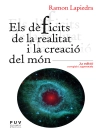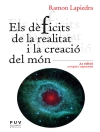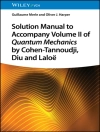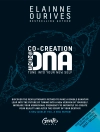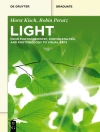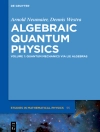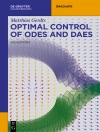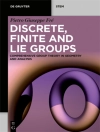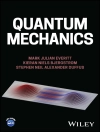Due to steadily improving experimental accuracy, relativistic concepts – based on Einstein’s theory of Special and General Relativity – are playing an increasingly important role in modern geodesy. This book offers an introduction to the emerging field of relativistic geodesy, and covers topics ranging from the description of clocks and test bodies, to time and frequency measurements, to current and future observations.
Emphasis is placed on geodetically relevant definitions and fundamental methods in the context of Einstein’s theory (e.g. the role of observers, use of clocks, definition of reference systems and the geoid, use of relativistic approximation schemes). Further, the applications discussed range from chronometric and gradiometric determinations of the gravitational field, to the latest (satellite) experiments. The impact of choices made at a fundamental theoretical level on the interpretation of measurements and the planning of future experiments is also highlighted. Providing an up-to-the-minute status report on the respective topics discussed, the book will not only benefit experts, but will also serve as a guide for students with a background in either geodesy or gravitational physics who are interested in entering and exploring this emerging field.
Daftar Isi
Introduction.- Time and frequency metrology in the context of relativistic geodesy.- Chronometric geodesy: methods and applications.- Measuring the gravitational field in General Relativity: From deviation equations and the gravitational compass to relativistic clock gradiometry.- A Snapshot of J. L. Synge.- General Relativistic Gravity Gradiometry.- Reference-ellipsoid and normal gravity field in post-Newtonian geodesy.- Anholonomity in Pre and Relativistic Geodesy.- Epistemic relativity: An experimental approach to physics.- Use of geodesy and geophysics measurements to probe the gravitational interaction.- Operationalization of basic relativistic measurements.- Can spacetime curvature be used in future navigation systems?.- World-line perturbation theory.- On the applicability of the geodesic deviation equation in General Relativity.- Measurement of frame dragging with geodetic satellites based on gravity field models from CHAMP, GRACE and beyond.- Tests of General Relativity with the LARES Satellites.



